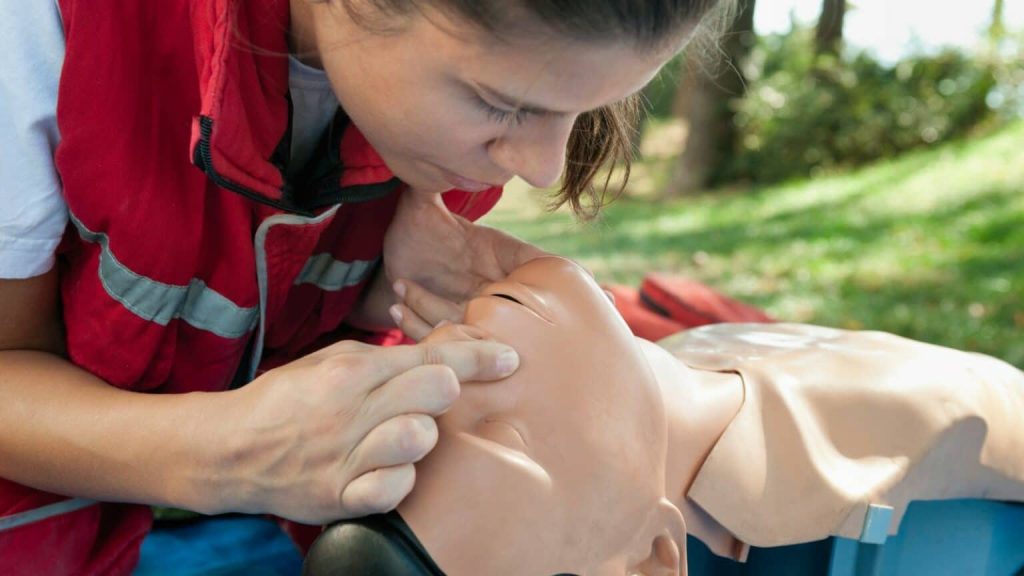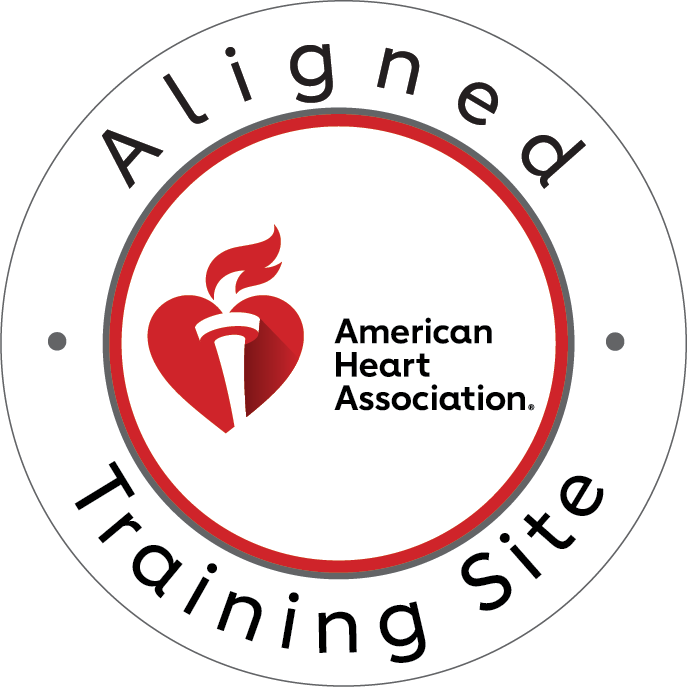Cardiopulmonary resuscitation (CPR) has evolved significantly over the decades. While hands-only CPR has gained popularity for its simplicity, rescue breaths remain a critical component of life-saving care in many situations. Understanding when and why rescue breaths matter can mean the difference between life and death in emergencies.
Understanding Rescue Breaths in Modern CPR
Rescue breaths, also known as mouth-to-mouth resuscitation, deliver oxygen directly to a victim’s lungs during cardiac arrest. This technique has been a cornerstone of CPR training for decades. However, recent guidelines have created some confusion about when rescue breaths are necessary versus when hands-only CPR suffices.
The American Heart Association’s latest research shows that rescue breathing provides adequate ventilation while minimizing the risk of overdistension or gastric insufflation when delivered at approximately 500 to 600 mL. This precise volume ensures oxygen reaches the lungs without causing complications.
Why Are Rescue Breaths Important?
Oxygen Delivery During Cardiac Arrest
During cardiac arrest, the body’s oxygen reserves become depleted rapidly. While chest compressions circulate blood, they cannot replace the oxygen that tissues consume. Rescue breaths serve as the primary method for delivering fresh oxygen to the bloodstream through the lungs.
Children face particularly high risks during cardiac emergencies. In children, performing compressions alone may result in worse outcomes because the problem typically arises from a respiratory, rather than cardiac, issue. This distinction makes rescue breaths essential for pediatric emergencies.
Special Circumstances Requiring Rescue Breaths
The recent 2024 guidelines have reinforced specific situations where rescue breaths prove vital. All people who are pulled from the water after drowning should receive CPR with rescue breaths and chest compressions, according to updated guidance from the American Heart Association and the American Academy of Pediatrics.
Drowning victims present unique challenges because their cardiac arrest typically stems from a lack of oxygen rather than heart problems. Therefore, rescue breaths become the primary intervention for restoring life.
When Giving Rescue Breaths, It Is Important To?
Proper Technique and Safety Measures
Effective rescue breathing requires specific techniques to maximize success while minimizing risks:
- Create an Effective Seal: Position the victim’s head properly with the chin lifted and the airway open
- Use Appropriate Volume: Deliver breaths that cause visible chest rise without overinflation
- Maintain Proper Timing: Follow the 30:2 compression-to-breath ratio for adults
- Watch for Chest Rise: Confirm each breath enters the lungs by observing chest movement
- Avoid Gastric Insufflation: Deliver breaths slowly to prevent air from entering the stomach
Safety Considerations
Modern CPR training emphasizes infection control measures. Use barrier devices or bag-mask ventilation when available. However, do not delay life-saving care if these tools are unavailable during emergencies.
Is It Better to Have Rescue Breaths or No Rescue Breaths?
The Evidence on Effectiveness
The debate between hands-only CPR and traditional CPR with rescue breaths depends on specific circumstances. Hands-Only CPR carried out by a bystander is as effective as CPR with breaths in the first few minutes during an out-of-hospital sudden cardiac arrest for an adult victim.
However, this effectiveness has important limitations. Studies indicate that Hands-Only CPR is just as effective as traditional CPR for adult cardiac arrest victims when initiated within 3-5 minutes of the event. Beyond this timeframe, rescue breaths become increasingly important.
Long-term Resuscitation Scenarios
There is concern that delivery of chest compressions without assisted ventilation for prolonged periods could be less effective than conventional CPR because oxygen stores become depleted over time. Healthcare providers and trained rescuers should always include rescue breaths in extended resuscitation efforts.
Why Don’t We Do Rescue Breaths Anymore?
The Shift Toward Hands-Only CPR
The move away from rescue breaths in public education stems from several factors:
Simplification for Bystanders: The hands-only approach is designed to be simple enough to encourage the public to feel confident in jumping in to help a person in cardiac arrest. This approach removes barriers that might prevent people from acting during emergencies.
Infection Concerns: Disease transmission fears, particularly heightened during the COVID-19 pandemic, made mouth-to-mouth contact less appealing to untrained bystanders.
Effectiveness in Early Minutes: CPR without rescue breaths may even be more effective than CPR with mouth-to-mouth because continuous chest compressions alone have been shown to sustain blood circulation more effectively for people in cardiac arrest during initial response.
The Continuing Role of Rescue Breaths
Despite the push toward hands-only CPR, rescue breaths remain essential for:
- Healthcare providers and trained professionals
- Drowning victims
- Pediatric emergencies
- Drug overdose situations
- Prolonged resuscitation efforts
- Any situation where respiratory arrest precedes cardiac arrest
Healthcare training continues to emphasize rescue breaths because medical professionals often encounter complex scenarios requiring comprehensive life support measures.
Current Guidelines and Training Standards
The 2024 American Heart Association guidelines maintain rescue breaths as a core component of professional CPR training. These guidelines represent the first comprehensive update of first aid treatment recommendations since 2010, incorporating the results of structured evidence reviews from the International Liaison Committee on Resuscitation.
Professional responders learn both techniques because different emergencies require different approaches. This comprehensive training ensures optimal outcomes across various cardiac arrest scenarios.
The Science Behind Effective Rescue Breathing
Physiological Benefits
Rescue breaths provide direct oxygenation when the body’s oxygen reserves are critically low. During cardiac arrest, cellular metabolism continues at reduced levels, consuming available oxygen. Without fresh oxygen delivery, brain damage can occur within minutes.
The technique works by creating positive pressure that forces air into the lungs, where oxygen transfer occurs at the alveolar level. This process supplements whatever minimal circulation chest compressions provide.
Quality Indicators
Effective rescue breathing produces a visible chest rise and fall. This visual confirmation indicates proper technique and adequate air delivery. Excessive force can cause gastric insufflation, leading to vomiting and aspiration risks.
Modern training emphasizes controlled, steady breaths rather than forceful exhalations. This approach maximizes oxygen delivery while minimizing complications.
FAQs About Rescue Breaths in CPR
1. Should I still give rescue breaths if I’m not trained in CPR?
For untrained bystanders, hands-only CPR is recommended for adult cardiac arrest. However, if you encounter a drowning victim or a child in cardiac arrest, rescue breaths become more critical. Call 911 immediately and follow the dispatcher’s instructions.
2. How do I know if my rescue breaths are working?
Watch for visible chest rise with each breath. The chest should rise clearly and fall naturally between breaths. If the chest doesn’t rise, reposition the airway and try again. Avoid excessive force that could cause injury.
3. What’s the correct ratio of compressions to rescue breaths?
For adults and children, use 30 chest compressions followed by 2 rescue breaths. For infants (under 1 year), trained healthcare providers use a 15:2 ratio when two rescuers are present, or a 30:2 ratio for single rescuer situations.
4. Are rescue breaths still taught in professional CPR certification courses?
Yes, professional CPR courses, including BLS (Basic Life Support), ACLS, and PALS, continue to teach rescue breathing techniques. Healthcare providers need comprehensive skills for various emergency scenarios where rescue breaths prove essential.
Take Action: Get Properly Trained in Life-Saving CPR
Understanding when and how to use rescue breaths requires proper training from certified instructors. Don’t leave life-saving skills to chance.
CPR Cincinnati offers comprehensive American Heart Association certified training that covers both hands-only CPR and traditional CPR with rescue breaths. Our stress-free, hands-on classes prepare you for real emergencies with confidence.
Whether you need CPR certification in Cincinnati for your profession or want to protect your family and community, we provide:
- BLS for Healthcare Providers
- ACLS (Advanced Cardiac Life Support)
- PALS (Pediatric Advanced Life Support)
- CPR and First Aid for the general public
Don’t wait until an emergency strikes. Get your BLS certification in Cincinnati today and learn the complete spectrum of life-saving techniques, including when rescue breaths can make the difference between life and death.
Contact CPR Cincinnati – your trusted American Heart Association training site for the best CPR education in Cincinnati. Because when seconds count, proper training makes all the difference.





